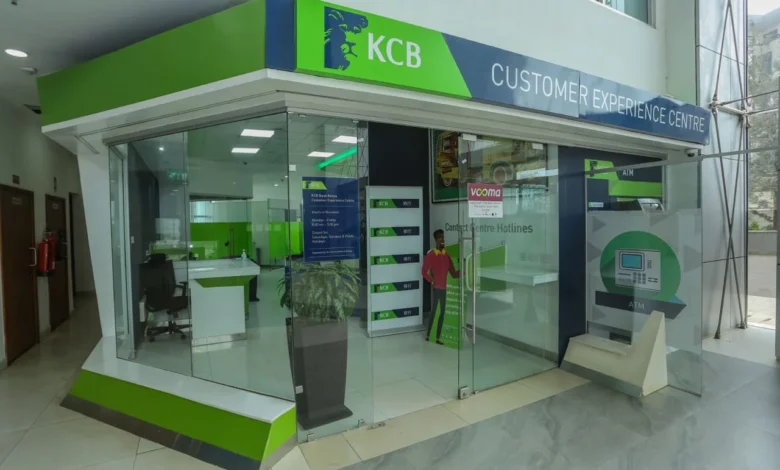
In a significant development for the banking sector, KCB Bank has emerged as the largest lender in Kenya, surpassing its rival, Equity Bank, in terms of asset size. This achievement can be attributed to KCB’s aggressive expansion of its foreign subsidiaries, which propelled its total assets to KES 1.55 trillion in the year ending December, as revealed by regulatory filings. In comparison, Equity Bank reported total assets of KES 1.44 trillion during the same period.
While KCB claimed the top spot in asset size, it fell behind Equity Bank in terms of profitability. KCB clarified that it did not include the full-year profits from its recently acquired subsidiary in the Democratic Republic of Congo (DRC). The bank incurred a loss of KES 65 million from the DRC business in December alone. However, had KCB consolidated a full year, it would have absorbed a profit of KES 3.2 billion from the Congo unit.
Shareholders of both KCB and Equity Bank eagerly await the release of the first-quarter results to gauge the performance of the two banking giants in the near future. In the previous fiscal year, Equity Bank outperformed its Kenyan rivals, including KCB, with a profit before tax of KES 59.8 billion, leading the industry by KES 2.5 billion.
The latest annual reports from KCB and Equity Bank highlight the fierce competition for dominance in the banking industry. Over the past decade, both lenders have pursued aggressive expansion strategies within the wider East Africa region, aiming to secure a leading position in the market.
KCB’s CEO, Paul Russo, and Equity Bank’s counterpart, James Mwangi, have consistently emphasized the immense growth opportunities presented by the wider East African region. They have expressed their intention to continue expanding operations in pursuit of becoming the banking kings of the region.
Regulatory disclosures reveal that KCB boasted customer deposits of KES 1.14 trillion, surpassing Equity Bank’s KES 1.05 trillion. Notably, both KCB Group and Equity Group are the only Kenyan-based banks with customer deposit bases exceeding a trillion shillings. Furthermore, KCB leads in net customer loans, with a loan book of KES 863 billion, surpassing Equity Bank’s KES 706 billion by KES 156 billion.
KCB’s shareholder funds stood at KES 200 billion, surpassing Equity Bank’s KES 182 billion. Additionally, KCB maintains the largest branch network in the region, reporting a total of 603 branches in 2022, nearly double the 337 branches reported by Equity Bank in 2021. It is worth noting that Equity Bank’s Group CEO predicts that branchless banking will become the norm in the near future.
Employment-wise, KCB is the largest employer in the banking sector, with over 11,000 employees across the region. Notably, KCB has also solidified its market leadership within Kenya, excluding its regional businesses. KCB Bank Kenya’s total assets stood at KES 971 billion, outpacing Equity Bank’s KES 894 billion, and reported revenue of Sh93 billion, exceeding Equity Bank’s KES 86 billion.
The banking landscape in Kenya is undergoing significant changes as KCB Bank’s ascension to the top spot indicates a shift in the sector’s dynamics. With KCB’s aggressive expansion strategies and Equity Bank’s pursuit of growth, the competition between the two financial giants is expected to intensify, setting the stage for a fascinating battle for supremacy in the banking industry.







